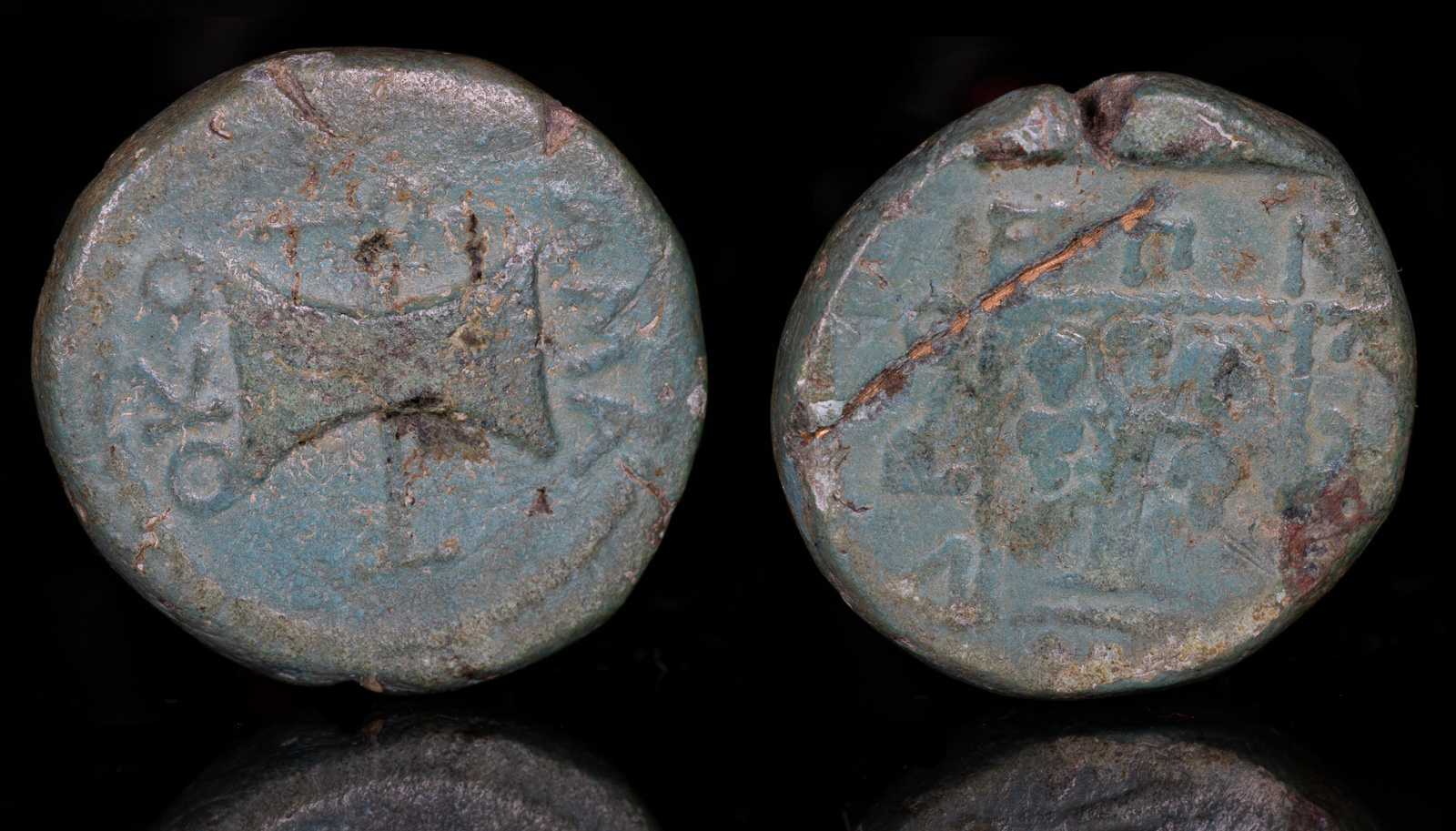Labrys
View All Tags
The labrys is most famously associated with Minoan civilization (circa 3000–1100 BCE). It appeared frequently in Minoan art, including frescoes, seals, and artifacts uncovered in palaces such as Knossos. In this context, the labrys was a sacred object, often linked to religious rituals and the worship of deities, particularly goddesses. It may have been used in ceremonies associated with fertility, nature, and the cycle of life and death.
The labrys was also connected to the labyrinth, a term derived from the same root. The labyrinth was said to be the mythical dwelling of the Minotaur, and its connection to the labrys hints at the axe’s symbolic role in myths of order and chaos. In this way, the labrys may have represented the divine authority needed to maintain balance.
As Minoan influence waned and Mycenaean Greece rose to prominence, the labrys continued to appear, though its religious significance evolved. In Greek culture, the labrys maintained its association with power and divine protection but was less prominent in everyday religious life. It became emblematic of Zeus Labraundos, a regional deity worshipped in Caria, where the labrys symbolized his strength and role as a protector.
In addition to its divine connections, the labrys was seen as a symbol of sovereignty and authority, possibly linked to kingship or leadership roles. Its dual blades were thought to represent balance, such as between life and death or chaos and order, reinforcing its status as a symbol of control and stability.
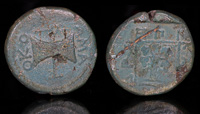
Amatokos II, Thrace 359-351 BCE
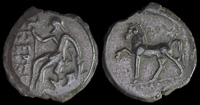
Karkinitis, Tauric Chersonesos 300-290 BCE
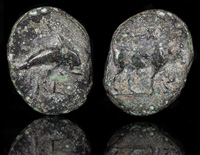
Keramos, Caria 4th century BCE
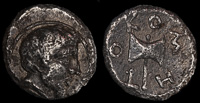
Metokos 407-386 BCE
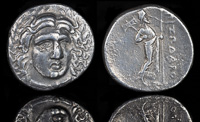
Pixodaros 341-335 BCE
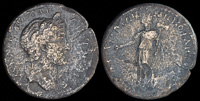
Tabala, Lydia 138-161 CE
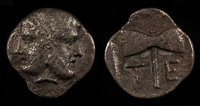
Tenedos, Troas 450-387 BCE
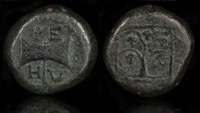
Teres II, Thrace 350-341 BCE
